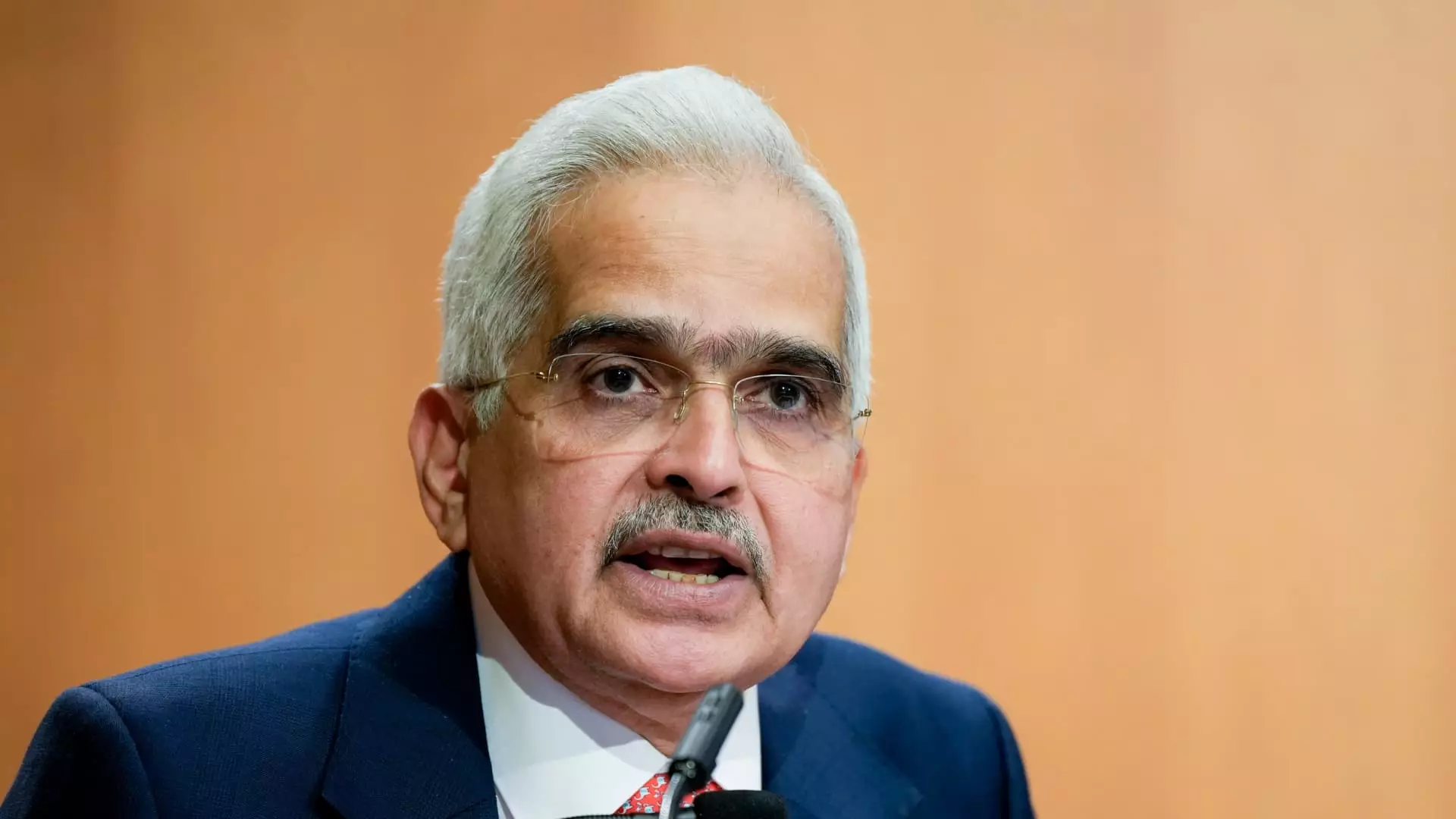The contemporary economic landscape is marked by unparalleled volatility, requiring a nuanced understanding of the roles played by central banks. Shaktikanta Das, the Governor of the Reserve Bank of India (RBI), recently shared vital insights at the CNBC-TV18 Global Leadership Summit in Mumbai, where he discussed the challenges and implications of current economic trends on a global scale. This article provides a critical analysis of his remarks and explores the broader ramifications for international economics.
In his address, Das praised global central banks for achieving a “soft landing” even in a climate rife with “continual and unprecedented shocks.” Such a feat underscores the effectiveness of monetary policy in navigating complex economic terrains characterized by geopolitical strife, volatility, and inflationary pressures. However, Das cautioned against complacency, highlighting persisting threats of inflation resurgence coupled with potential deceleration in economic growth. This duality serves as a reminder that while measures have been effective, the environment remains fraught with unpredictabilities that mimic a balancing act on a tightrope.
Eagle-eyed observers have noted the escalation of geopolitical conflicts and the resulting geoeconomic fragmentation affecting international trade. These elements have given rise to significant challenges like commodity price volatility and climate change, which Das identified as crucial headwinds. Therefore, a soft landing, while seemingly successful, does not eliminate all risks — it merely mitigates them temporarily.
Das’s articulation of contradictions in the financial markets further amplifies the intricacies of current economic conditions. The recent appreciation of the U.S. dollar, coinciding with the Federal Reserve’s decision to cut interest rates, raises fundamental questions about classical economic correlations. As the dollar index improved significantly, one has to consider what this means for other currencies and economies, especially when juxtaposed with rising global trade concerns fostered by tariffs and sanctions.
The dynamics of global interest rates compel a deeper analysis. The second consecutive interest rate cut by the Federal Reserve reflects a proactive approach to stimulate growth, yet the rise in government bond yields concurrently suggests a more complex tapestry of global financial factors at play. Das emphasized that Treasury markets are swayed by multiple influences beyond mere adjustments to policy, indicating how entangled the current landscape is.
Highlighting another paradox, Das pointed out the divergence between commodities such as gold and oil, which typically respond in tandem. This inconsistency amidst a strong U.S. dollar raises important considerations about demand dynamics and investor sentiment in a fractured market environment. Such divergence might signify strategic shifts among investors, suggesting an evolution in preferences motivated by uncertainties in geopolitical scenarios.
The discussions led by Das reflect a broader discourse around the relationship between these commodities and macroeconomic stability, inviting stakeholders to rethink existing economic paradigms. As investors weigh these factors, the implications for sustained market resilience become an area for serious exploration.
Transitioning focus to India, Das portrayed a resilient economic outlook, predicting a moderation in inflation despite intermittent spikes. This projection reflects the RBI’s adaptive monetary policy, which has endeavored to navigate challenges without stifling growth. Analysts will find it intriguing that India’s economy has apparently weathered tumultuous periods effectively, as demonstrated by more favorable growth rates compared to its global peers.
Conversely, India’s Minister of Commerce, Piyush Goyal, has asserted the need for further monetary easing to catalyze economic growth. This call to action amplifies the dialogue about balancing inflation control with economic stimulation, underscoring the complexity of decision-making in monetary policy.
Shaktikanta Das’s insights not only reflect the challenges faced by global economies but also the methods through which they can be confronted. The ability to navigate a soft landing through unprecedented shocks speaks to the adaptability and resilience of central banks worldwide. However, the lingering threats of inflation and the complex dynamics of global trade necessitate continuous vigilance and proactive policy-making. As stakeholders dissect these layers of economic intricacies, ongoing dialogue amid evolving circumstances becomes imperative to foster a stable financial future.


Leave a Reply